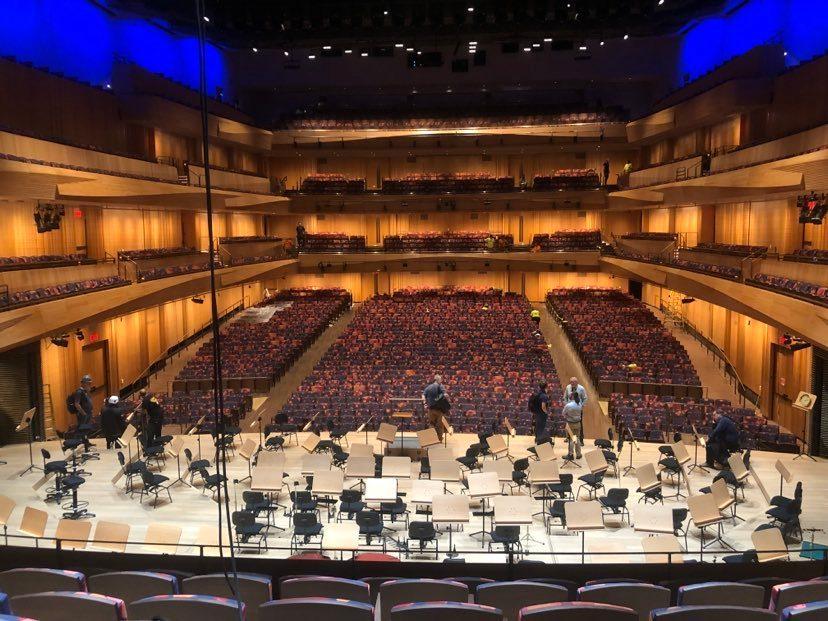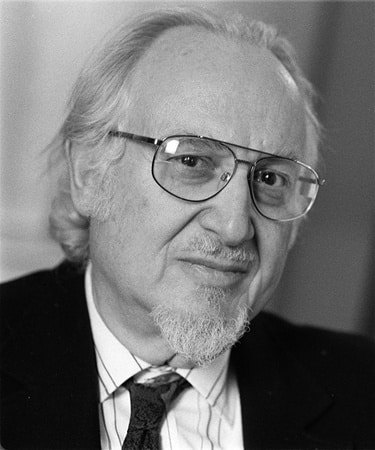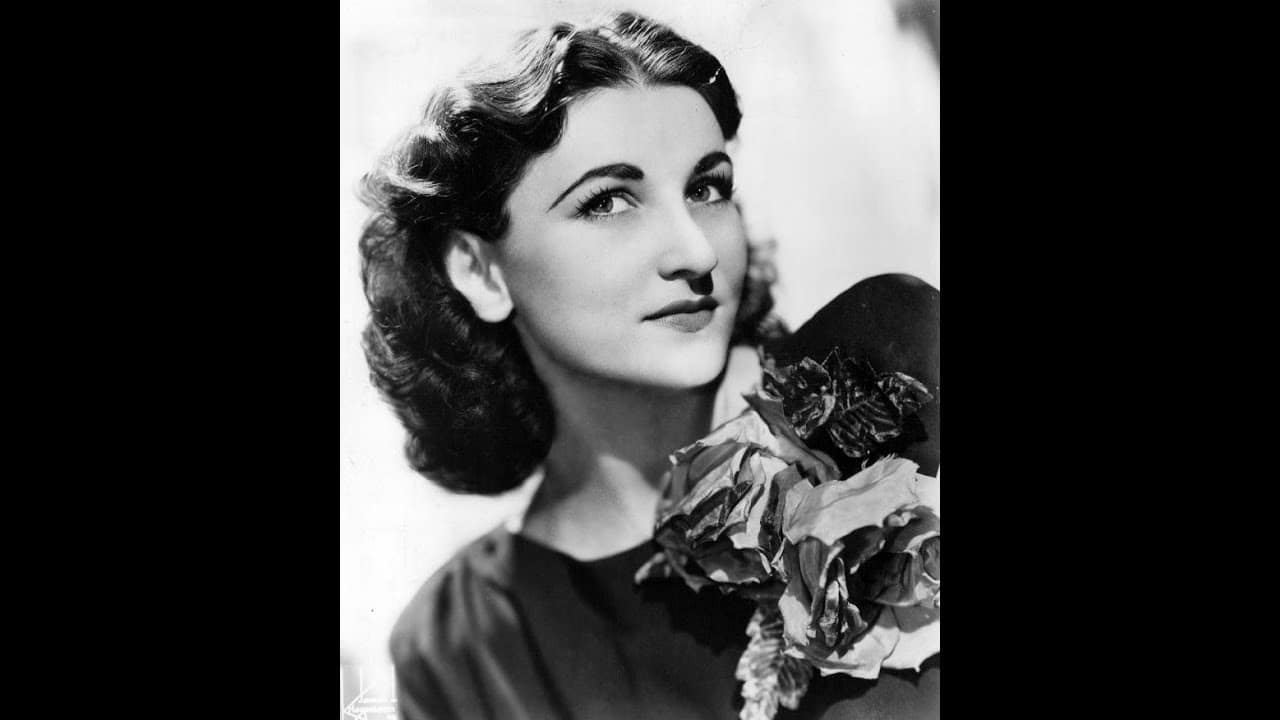A concertgoer is disconcerted by David Geffen’s seats
OrchestrasWe have received this report from David Kiser, Host and Producer on South Carolina Public Radio:
Review: Mälkki Conducts Pictures at an Exhibition, New York Philharmonic, November 2-4, 2023
-Two tickets, $200, Orchestra Right, Rear, a balmy Saturday evening in NYC.
Do I hate the vibrating floral seats that badly? That is the question I asked myself after a visit to the revamped David Geffen Hall to hear, at least on paper, a spectacular program with a little of everything: Liszt’s Hungarian Rhapsody No. 2 arranged for cimbalom and Mussorgsky’s Pictures at an Exhibition; to Ligeti’s Piano Concerto; and a bit of folk: Bartok’s Romanian Folk Dances all led by the acclaimed Finnish conductor Susanna Mälkki.
Jenő Lisztes opened the concert with solo cimbalom in his arrangement of the Liszt. His virtuosic playing elicited the biggest applause of the evening, with many rising to their feet. But the Philharmonic couldn’t match his energy when it was their turn in Bartok’s Romanian Dances. Mälkki’s tempos plodded. There was slack in the line, so to speak. Lisztes’ cimbalom Liszt simply out stamped them.
Ligeti’s Piano Concerto draws upon his piano etudes for figurations and themes, notably from his best etude Autumn in Warsaw. If you were familiar with this work before the concert you’d likely find more to enjoy. The effort expended by Mälkki and the orchestra to keep the African inspired polyrhythms in sync with each other was stupendous. Soloist Pierre-Laurent Aimard imbued the austere chords and motifs with grace as if he were playing Mozartian two-note phrases. He is a terrific concerto soloist, generously giving regular visual cues to Mälkki and melding into the texture when required. In return the percussionists matched him wonderfully. There were whistles and wood blocks and then in the slow movement unbearable bars of half-step nothingness. But the overall effect was a lot of effort expended for little reward, even for Ligeti lovers like me. This selection was part of the Ligeti centennial celebration during the fall concert season, but the audience couldn’t have appreciated it less; no sooner had the last chord sounded, Mälkki pointing her baton straight up in the air, came the immediate evacuation of David Geffen Hall. I was hoping for an encore, perhaps that Autumn in Warsaw etude, but alas Aimard wasn’t called out, despite Mälkki clapping vigorously on stage as if to conduct us in our poor conduct, but the audience had spoken—with their backs. Here I’ll mention some balance issues, despite Aimard’s best efforts and pungent Steinway D front and center, he was often swallowed by the orchestra.
My main problem with Mälkki’s rendition of Pictures was I could not detect a sense of purpose or vision. With a big standard piece like this and a world class technical machine like the New York Philharmonic the world is your oyster of what you can do with these stupendous resources. Like the Bartok, there was slack in the line; a static-ness pervaded most movements. Acoustical problems presented themselves with whole sections of the orchestra not being heard in the pianissimo pictures. The promenades were not swift trots from picture to picture, but slow slogs across Met sized galleries. Occasionally a soloist or section would try to push the envelope, commandeering their breathtaking turn and when it was over, ho hum returned. It was Mussorgsky at his most banal, sadly not the cutting-edge rule breaker of pedanticism, the ex-military mind of believable bombast.
About the seats: The rose printed seats in David Geffen Hall are connected to each other. If your seatmate is so moved by the music and decides to dance in their chair, you’ll move with them. You’ll be forced to move with them that is, and not necessarily on the beat either.
–David Kiser







Comments